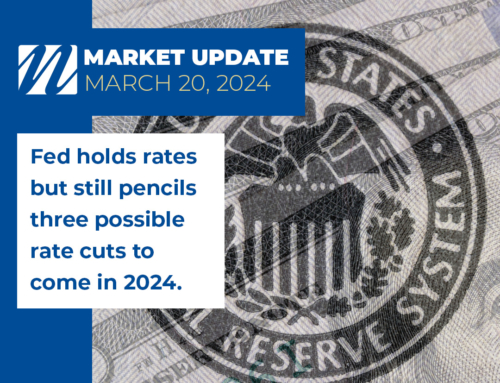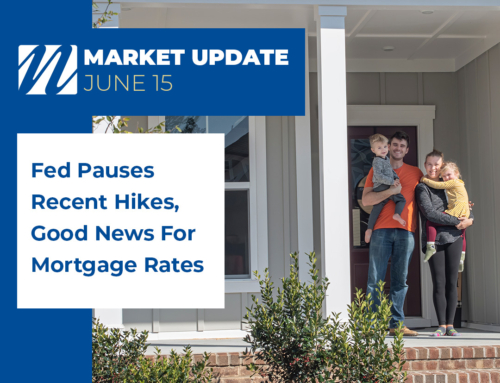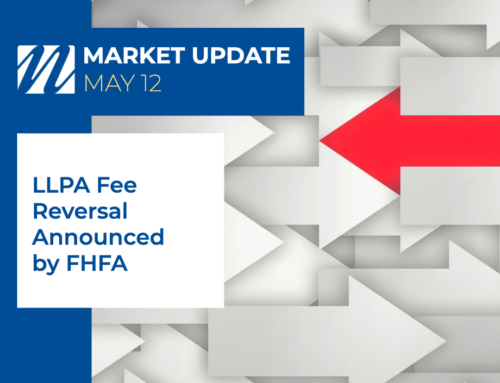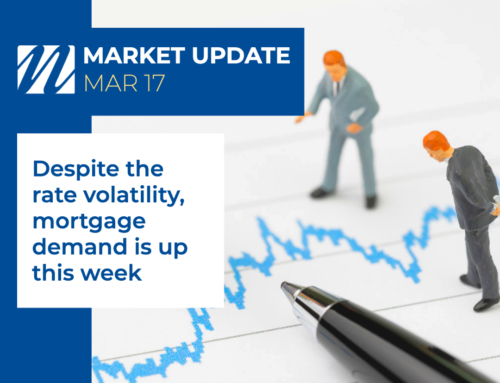Federal Reserve Chair Jerome Powell recently addressed the U.S. economy’s status, inflation, and interest rates. He acknowledged that interest rates had peaked and would likely decrease in the coming months, although he did not commit to rate cuts as soon as the Fed’s March meeting.

Powell highlighted the U.S. economy’s strength, noting solid growth, a robust labor market, and six months of positive inflation data, with expectations of further improvement. He stated that rate cuts would be considered once there’s greater confidence that inflation is moving towards the Fed’s 2% target. The current key interest rate is maintained in the 5.25%-5.50% range, with inflation described as “elevated” on a one-year basis, even as it shows signs of decline.
In a separate interview, Powell mentioned that the Fed is on track to cut interest rates three times this year, likely starting as early as May. This plan aligns with the cooling inflation and the healthy state of the economy, which shows no signs of an impending recession.
The Fed’s preferred inflation measure showed a decrease to 2.6% in December from the previous year, indicating a move towards the target level. Powell acknowledged past delays in addressing inflation but expressed optimism about the current economic conditions and the direction of inflation.
What could that mean for mortgage rates in 2024?
Typically, when the Fed cuts its benchmark interest rate, it can lead to lower mortgage rates.
However, mortgage rates don’t always move in lockstep with the Fed’s rate changes due to various factors, including market expectations and broader economic conditions.
In the short term, anticipation of future rate cuts by the Fed “could” lead to lower mortgage rates as lenders adjust their rates in response to expected changes in monetary policy.
Also, it’s important to note that the Fed’s future rate cuts are contingent upon continued progress in reducing inflation and maintaining a healthy economy. If the economic data does not align with these expectations, it could influence the timing and extent of any changes to mortgage rates.
Furthermore, mortgage rates are influenced by demand in the housing market, investors’ expectations about future inflation, and global economic factors, among other things.
Therefore, while the direction of the Fed’s policy can provide an indication, it’s just one of many factors that determine mortgage rates.
Overall, if the Fed follows through with rate cuts later this year, there’s a potential for mortgage rates to decrease, making borrowing cheaper for homebuyers and those looking to refinance.
The reality is that no one has a crystal ball for mortgage rate movement, no one. So, we ALL have to monitor economic and financial market developments that may affect mortgage rates. These will play a crucial role in the actual movement of mortgage rates, especially in the short term.





